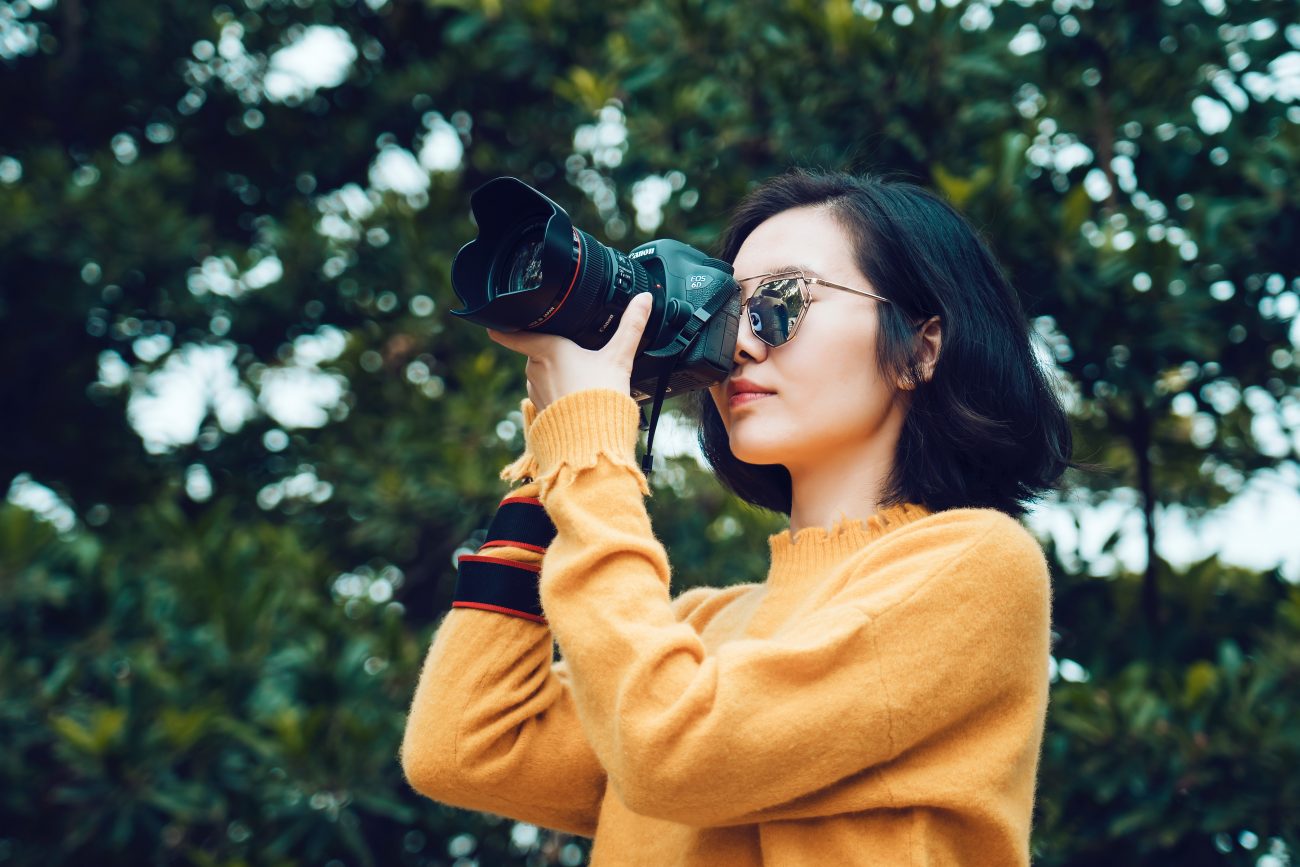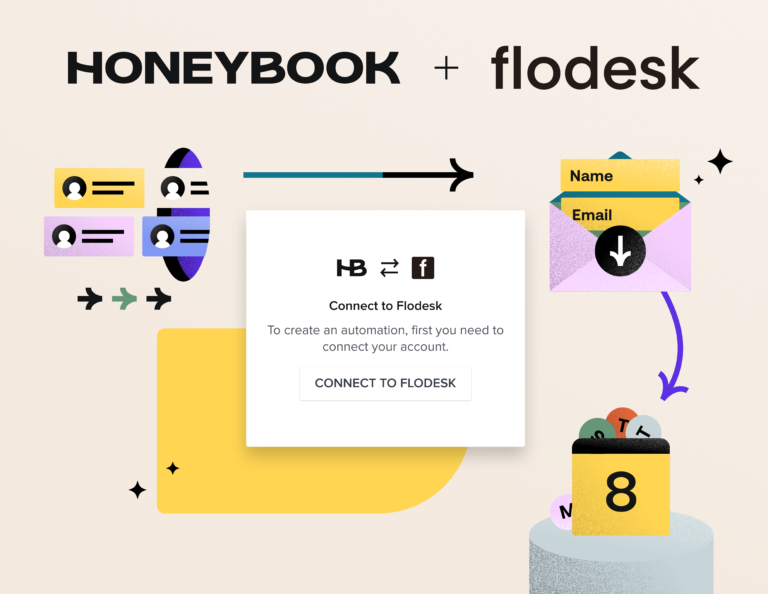
You post images to your website all the time, but are you optimizing these images to help your SEO ranking?
It’s important to not only use images on your website, but to name and size them correctly. Then, tell Google what the image is about via the ALT text and captions so it knows how to share it with others.
How to best optimize your images for small business SEO
1. Rename the image using descriptive keywords that relate to the page you are posting it to.
If you do this, and this alone, you will greatly help your SEO (search engine optimization) efforts.
Whether your images are from your iPhone, from a photographer you’ve worked with, or from your own camera, they come with a generic image name like DSC_2343.jpg straight out of the camera. Images named like this are not helpful to you as a business owner, especially if you are using them on your website or blog.
But how do you choose what descriptive keywords you should use when renaming your images for a post? It depends on where you are posting the image on your website. You could use the same exact image on your website’s main page and your blog, but you’d want to rename the image to be relevant to the page you are posting it to.
Rename each image so that the name relates to the keyword you want to rank for on that specific page. When renaming, use dashes ( – ) for spaces so that Google sees the different words.
EX: Bathroom-design-ideas-1.jpg
I always save the renamed and resized images I am using as a copy, making a duplicate of my original image so not to degrade the original size or quality (so I can use it again for another purpose later).
2. Use an optimized and correctly-sized JPG image.
JPGs are the best choice for your website images, as they will look the best while having the smallest file size options. The other common option you may use is a PNG, which you’ll need if there are any transparent parts of the image.
You want the file size to be small so that your website loads quickly. The larger the image, the slower your website loads, and you’ll not only lose the attention of your visitor, but Google will also ding your site and lower your ranking.
Google cares a lot about your user experience (UE), and long wait times make for a bad UE!
If you are on a Mac, you can batch resize your images to a web resolution via the Preview app. When you’re saving each image before uploading, it’s recommended that the image size is 500KB or smaller.
However, as someone with an image-driven site, I find this hard to do, as many times the smaller file size leads to lower quality and I don’t like the way it looks. So, I personally will often compromise and upload a 600-700KB photo, knowing that I am sacrificing my load time a little but making my user experience better. In my opinion, that is a worthwhile trade-off for my website, but you’ll have the make a decision about what is right for your site.
3. Use the alt text
Alt text is another big way that Google grades what is on your website and what your images are about.
If you want your images to show up in Google Images, or say a specific thing when someone pins them on Pinterest, you want to add alt text to the image.
Alt text is what tells the viewer what is in the image if for some reason the image doesn’t load on the website. It helps people who are visually impaired use your website, and seeing that Google bots are computers that don’t have eyes, it helps them as well. The Google bots use a combo of your image name, alt text, and caption to be able to decipher what your image is about and who it may be relevant to.
So, if you upload an image to your website with the name “DSC2343.jpg” and leave it at that, Google has no idea what that image is and will simply pass it by.
Since alt text is added in different ways depending on the website platform you use, I suggest Googling the phrase “How to add Alt text to an image in [add your website platform here]” to get step-by-step directions. It’s usually very straightforward.
Okay, so now you know that you need alt text, but what is the best thing to say in it?
I suggest that you use full sentences and incorporate your chosen keyword (because every page should have a unique keyword that you are optimizing for) or a variation of it in the sentence. However, make sure your alt text is understandable for humans, not just Google bots.
The more descriptions you give, the more you tell Google about what to do with your image. However, avoid keyword-stuffing, as Google is smarter than that and will ding you for it.
4. Use the caption
Captions can be greatly underused, as they are yet another way that Google “reads” your image to learn what it’s about.
Plus, while people often skim the main text in a post, the captions are usually read fully. So, feel free to put some of the post’s important details in the caption, as long as they relates to the photo.
You can give a long and detailed description in your caption of not only what the image is about, but how it relates to the information in your post. This is another time where you want to use the keyword that you want to rank for within the text.
If you want the value of the caption, but don’t like the look of the caption under your image, many website platforms will allow you to hide the caption from view. That way, it’s there to help Google but isn’t visible to the reader. If you have a lot of images in a post (as I tend to), this can also be a great way to not clutter up the post.
Examples of how to optimize your small business SEO through images
Let’s say I have a lifestyle/home decor blog and I am going to do a post about bathroom design ideas. I’ve decided that my main overarching idea and keyword for this post is “bathroom design ideas”.
First, I will look through my images to find any good bathroom images I have. The image on my computer will likely be called something like stock-bathroom-master.jpg. (I’ve named the image for myself this way so I know it’s a stock image of a bathroom, and this is my master image, meaning it’s retouched and full size.)
I will make a copy and resize the image to a web resolution. The exact size depends on your specific blog, but for this let’s say it’s 1200px long. (you can resize via Mac Preview). I will then rename the copied image to “Bathroom-design-ideas-1.jpg” and keep it in a folder that specifies it’s a web sized image (so I don’t try and use it for print later on).
Then, I will upload that image to my website and add ALT text: “Home bathroom design idea with spa tub, basket of towels next to bath, calming candles by bath and beige artwork on walls, to inspire your next home decor project”.
You can see how I used the keyword, kept it readable for a human, and added in other related keywords like “home decor project”.
Next, I’ll add a caption: “Bathroom design ideas using white tile, vintage candles and beige colors for inspiration”.
Notice that the caption and the alt text are similar, but you don’t want them to be identical.
However, some websites (like Squarespace) don’t give a specific alt text input spot, and when there is no alt text option, the caption becomes your alt text.
The key thing to take away from all this is that you need to use the images on your site to improve not only your user experience, but also your “Google bot experience”. When you do, your website ranks higher, your images show up in Google Image Search and the right info gets added to the details when someone pins your post on Pinterest.
A recap on 5 tips to improve your small business SEO through using images
- Rename images to match each specific place you use them. Make the names relevant to the searcher, not to your internal company jargon.
- Resize your images for web use. Large images take too long to load, which will drive humans away and make the bots lower your ranking.
- Use ALT text to describe the image. Imagine you are explaining it to a visually impaired friend.
- Use captions to relate your image back to your keyword and what your post is about. Keep in mind that sometimes your caption acts like your ALT text when an ALT text option is not given.
Now you’re ready to start optimizing your website images to boost your SEO!



